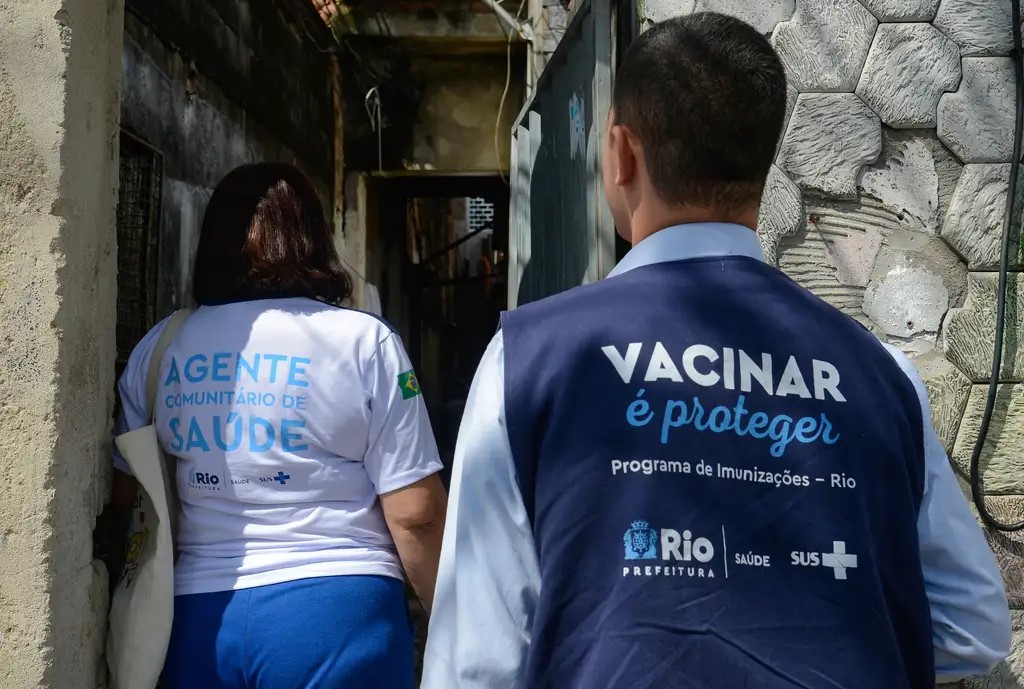e-ISSN: 1981-7746
Contact
- Avenida Brasil, 4.365 - Manguinhos - CEP 21040-360 Rio de Janeiro - RJ - Brasil
- Principal Contact
- Coordenação editorial
- (21) 3865-9850
- revtes.epsjv@fiocruz.br
- Support Contact
- fernanda.barcelos@fiocruz.br

Resolvability in primary health care refers to how effective it can be in solving problems. It is a challenge influenced by the actions of different agents and organizations that make up a multi-level governance structure in implementing public policy. This article aimed to map the agents who influence the development of problem-solving primary care, identifying their roles. This is a qualitative study carried out in the Federal District through 22 focus groups with 245 professionals from the family health and oral health teams. The data was systematized using Atlas.ti 9.0® software and analyzed according to the multi-level governance framework. There is a governance network at the micro, meso, and macro social levels, but the results indicate that responsibility for resolving problems lies mainly with agents at the micro level, professionals from the local primary care teams, and managers, especially nurses, nursing technicians, and community health agents. At the other levels, state and non-state agents, from inside and outside the health sector, operate in different ways, notably by creating barriers to solving problems. Instances that promote the meeting of these agents, defining responsibilities and mechanisms for joint action, can favor resolvability in primary care and in the care network.
You may also start an advanced similarity search for this article.